Cabernet Sauvignon grows well in a variety of climates throughout the world. There are a wide range of styles. It pairs well with red meat and spicy food.
Okay, okay, so the title may be a tiny bit misleading. It’s difficult to gauge at any given time what the world’s most popular varietal is. However, it’s safe to say that Cabernet Sauvignon is popular enough that titling it as such would raise few, if any, eyebrows. It grows well in a variety of climates throughout the world. It often sells well even when it comes from obscure regions, due to name recognition alone.
Posts may contain affiliate links, so if you click an affiliate link and/or buy something you’ll support this blog and I’ll make a little money, at no cost to you. If you really care, you can read our full legalese blah blah blah.
Origins of Cab Sauv
Interestingly enough, this powerhouse of a grape is a relatively young one, genetically speaking. It is only within the last twenty-five years that scientists proved its parentage. It resulted from a 17th-century cross between Cabernet Franc and Sauvignon Blanc. (This hybridization most likely occurred in the Bordeaux region of France. Both Cabernet Franc and Sauvignon Blanc grow there, and Cabernet Sauvignon was well-established in Bordeaux by the 18th century.)
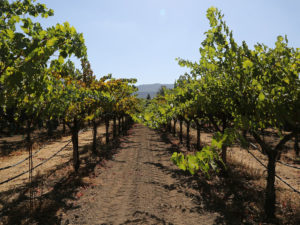
Winemakers had long suspected what science proved, given that Cabernet Sauvignon has an intriguing mixture of Cabernet Franc’s and Sauvignon Blanc’s flavor and aroma profiles. As is often the case, however, the whole is greater than the sum of its individual parts. Cabernet Sauvignon brought new and exciting things to the table upon its arrival on the scene, both in terms of its flavor and aroma as well as its overall structure.
Why Cab Sauv Is So Interesting
One of the reasons that Cab is such an interesting grape varietal is its varied reaction to the diverse climates and soils in which it grows. If you watch our videos, you may have heard me mention the complicated-sound chemical family known as “methoxypyrazines.”
Put simply, methoxypyrazines are responsible for the aroma of fresh-cut grass and green bell peppers. In smaller concentrations, these aromas can be neutral or even desirable in a red wine. In larger concentrations, they give the impression of under-ripe character and an unpleasant vegetal connotation.
Cab has a naturally high pyrazine content. Winemakers can encourage this via early picking. Or they can compensate for it via increased hang time on the vine, as pyrazines degrade in sunlight. Cooler-climate Cabs that have low pyrazine levels often have characteristic flavors of mint and eucalyptus.
Warmer-climate Cabs, as well as those made from grapes that are given extended time on the vine, can tend towards a jammy character. The tart blackberry and blackcurrant notes of a cooler-climate Cab will shift towards raspberry, black cherry, and soft plum notes when the grapes are grown in a region with higher temperatures.
Because of its high degree of variance in response to climate and temperature, winemakers can—and often do—play around with the blend that goes into their Cabernet Sauvignon. It’s not uncommon to make a higher-end California Cabernet Sauvignon from a mixture of several different vineyards’ worth of grapes. Each is fermented separately and then they are blended to harness the various flavors and aromas the winemaker wishes to express.
Oak Aging
It’s almost impossible to talk about Cabernet Sauvignon without talking about oak. Just like with Chardonnay, it is entirely possible to make an unoaked Cabernet Sauvignon. Indeed, in places like Virginia, where the overall tannin and alcohol levels are lower, too much oak can destroy the finesse and elegance of a lighter-bodied Cab. However, with the proper structure and body, Cabernet Sauvignon has a strong affinity with the oak barrel.
As discussed in an earlier article, the type of oak used will have different effects on the wine. American oak will impart more vigorous tannin and more woody flavors. French oak is generally more subtle and imparts the characteristic vanilla aroma noted among oak-aged Cabs.
Interestingly, while new oak imparts wood-derived tannins of its own, the time in oak will also soften the fruit-derived tannin native to the grapes themselves. This balancing act, coupled with the difference between American and French oak, is a big part of what creates such a wide range of styles of Cab, even in a region as relatively small as Bordeaux or Napa Valley.
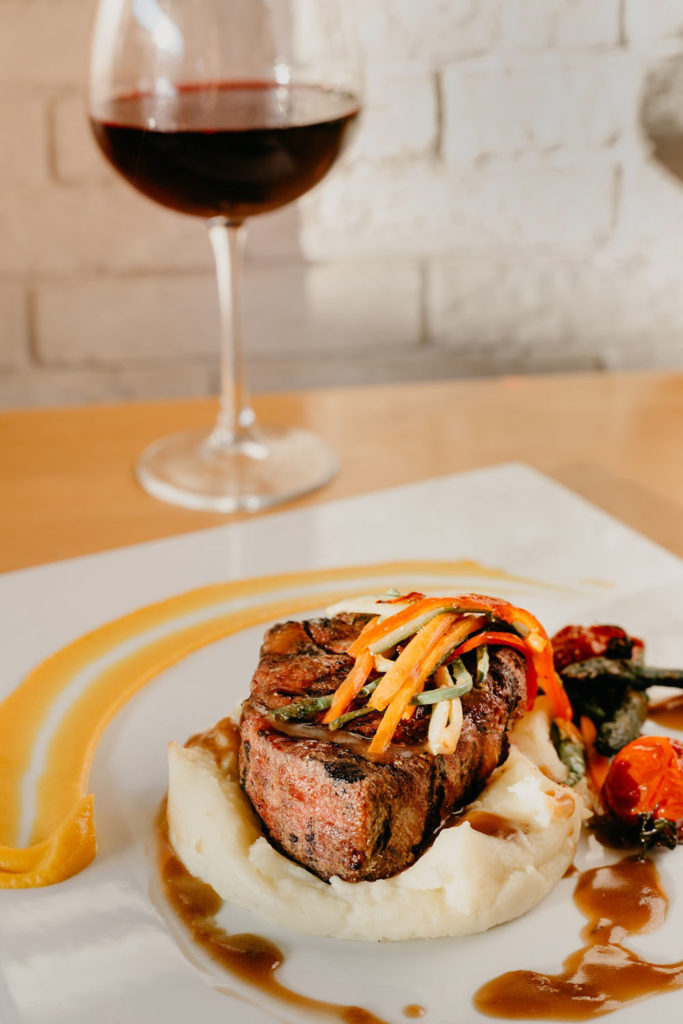
Food Pairings for Cabernet Sauvignon
In other articles on high-powered red grape varietals, I have noted how well they pair with red meat dishes—and Cab is one of the ne plus ultras of this “rule.” Lamb and beef dishes, especially richer stews and steaks, provide a wonderful counterbalance to Cab’s fruit- and oak-derived tannic structure. The biological role of tannins is to bind to proteins and keep them from moving around. They perform this job just as admirably on your palate as they do within a plant system.
If you’re looking to flavor-match your food with your wine, accent notes of black pepper or fruit sauces often work well in concert with a peppery, fruit-driven Cab. Finally, if you’re trying to mitigate the effects of bitterness with a younger Cab, you can try pairing it with grilled or blackened foods. Although it may seem counterintuitive, if the food you’re eating has a slightly bitter edge, it will make the Cab seem less bitter by comparison. Try a Cab alongside some roasted brussels sprouts and see what you think.
It would be nearly impossible to go into the detail this grape deserves in such a short article. From Old World to New World styles, cool climate to warm climate, oak-aged to “virgin”—books have been written on Cab and Cab alone! If you’re interested in finding out more about the depth and breadth of this magnificent grape’s expression, try checking out a local wine bar or wine store and see what they have to offer. You may discover something new and unexpected—as I did recently, when I went to my local wine store and stumbled across a Bulgarian Cabernet Sauvignon. Sláinte!
Buy some of these (or other) wines at Vivino and get 20% off with code WINELOVERSCU20 (first-time buyers in the US).
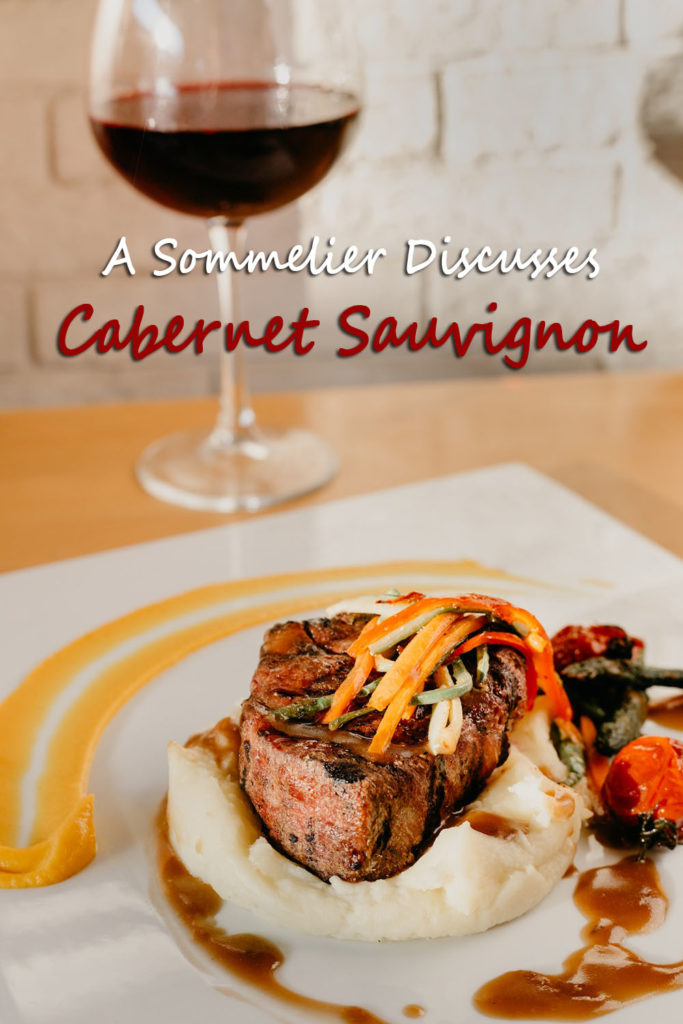


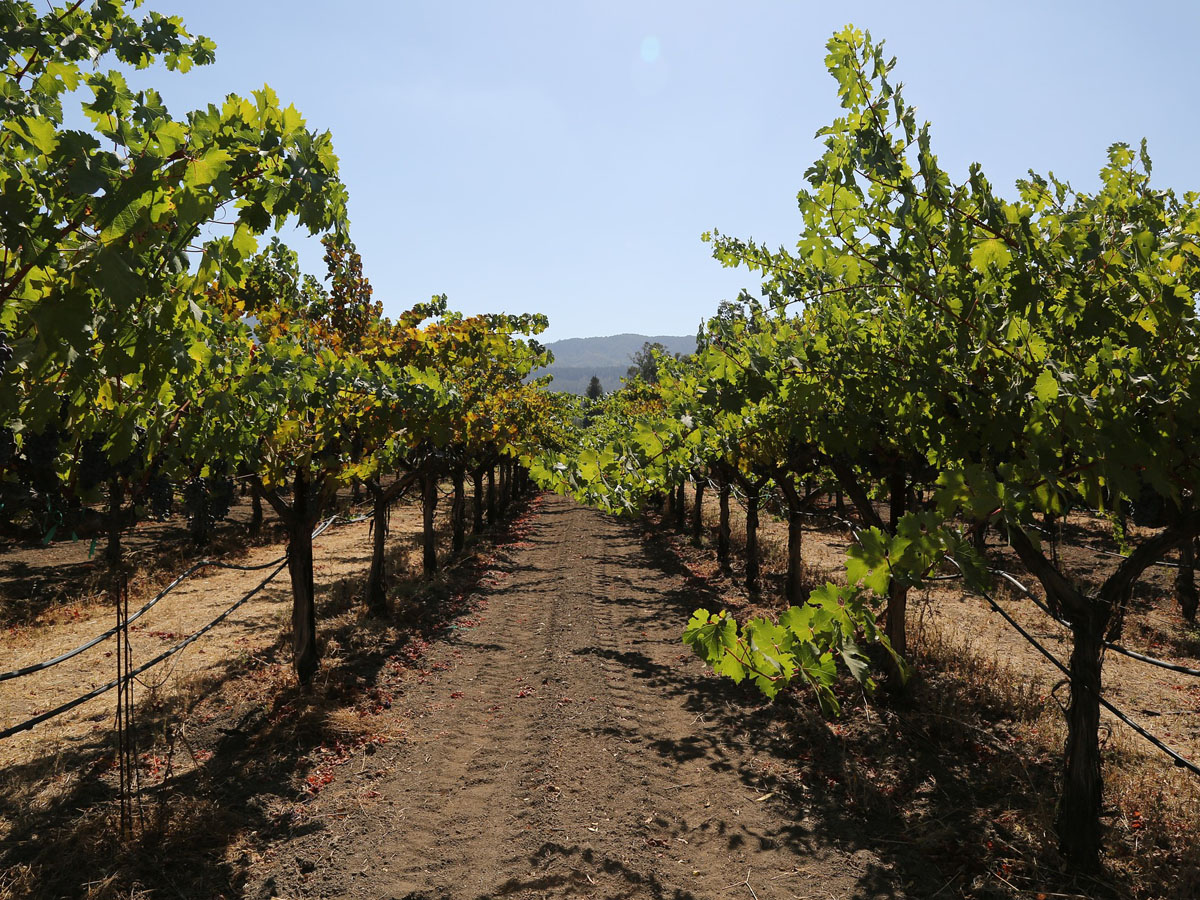
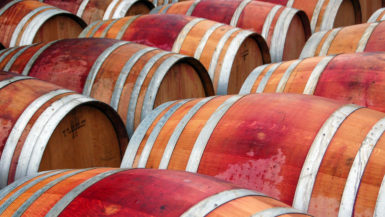
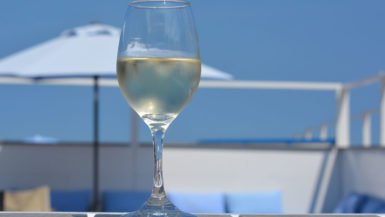
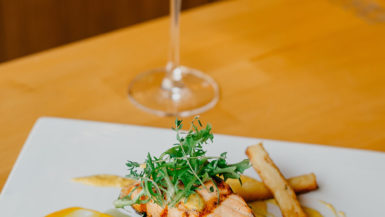
Leave a reply